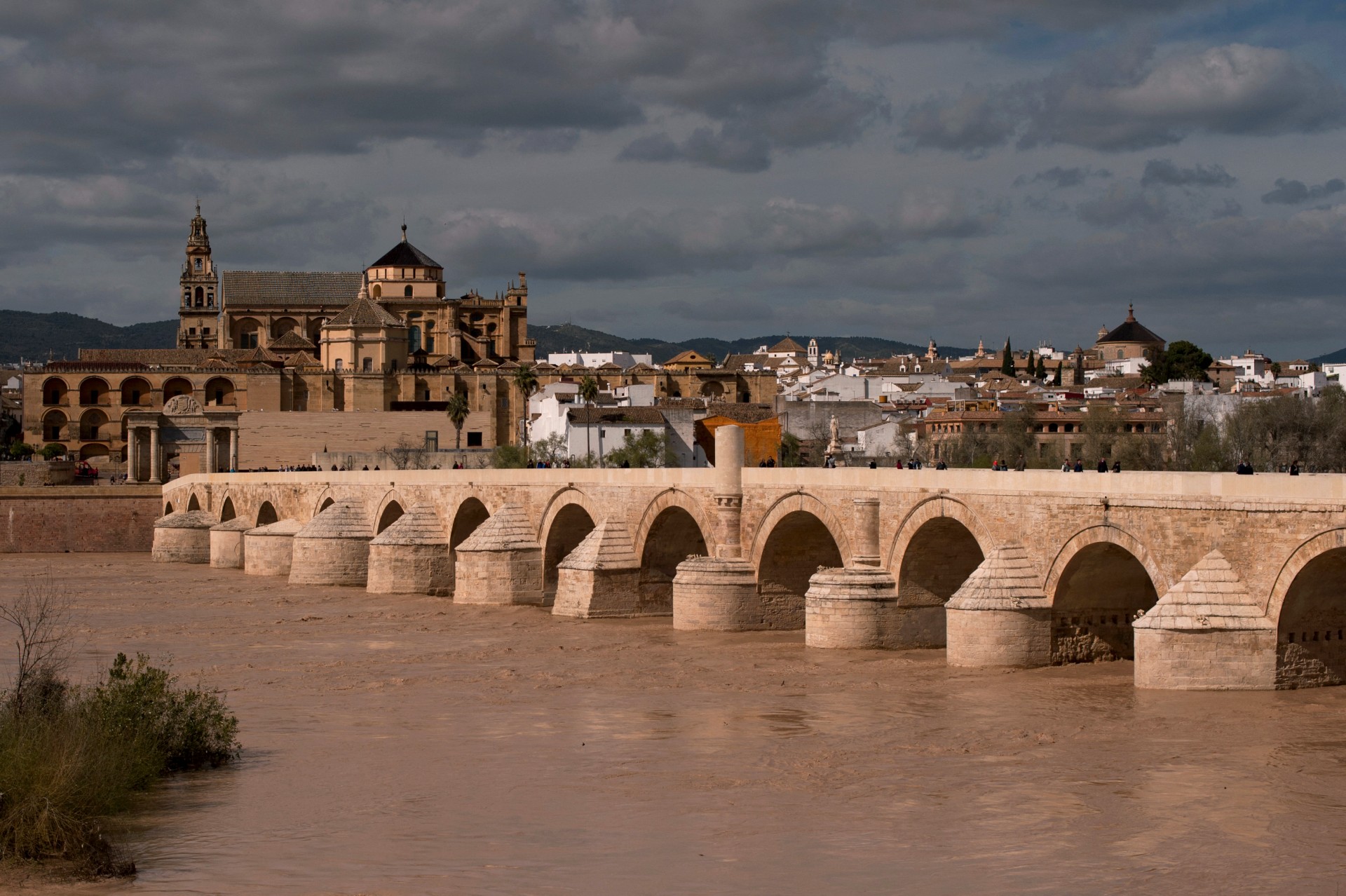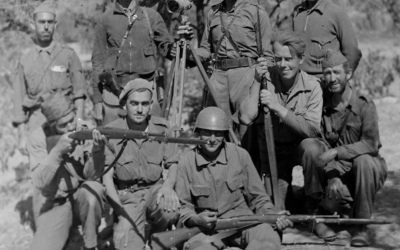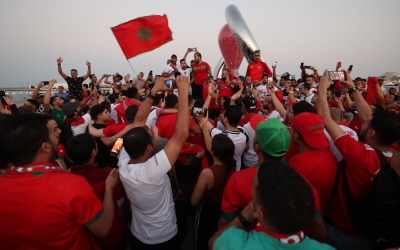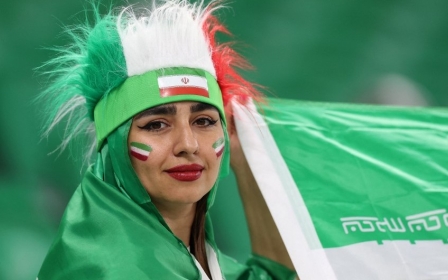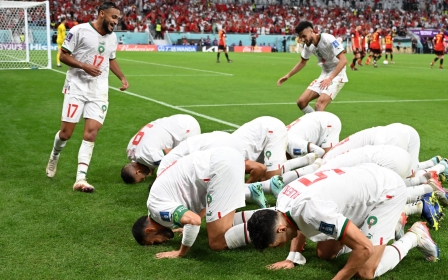Andalusia, Franco and VAR: Why Morocco vs Spain will be spicy
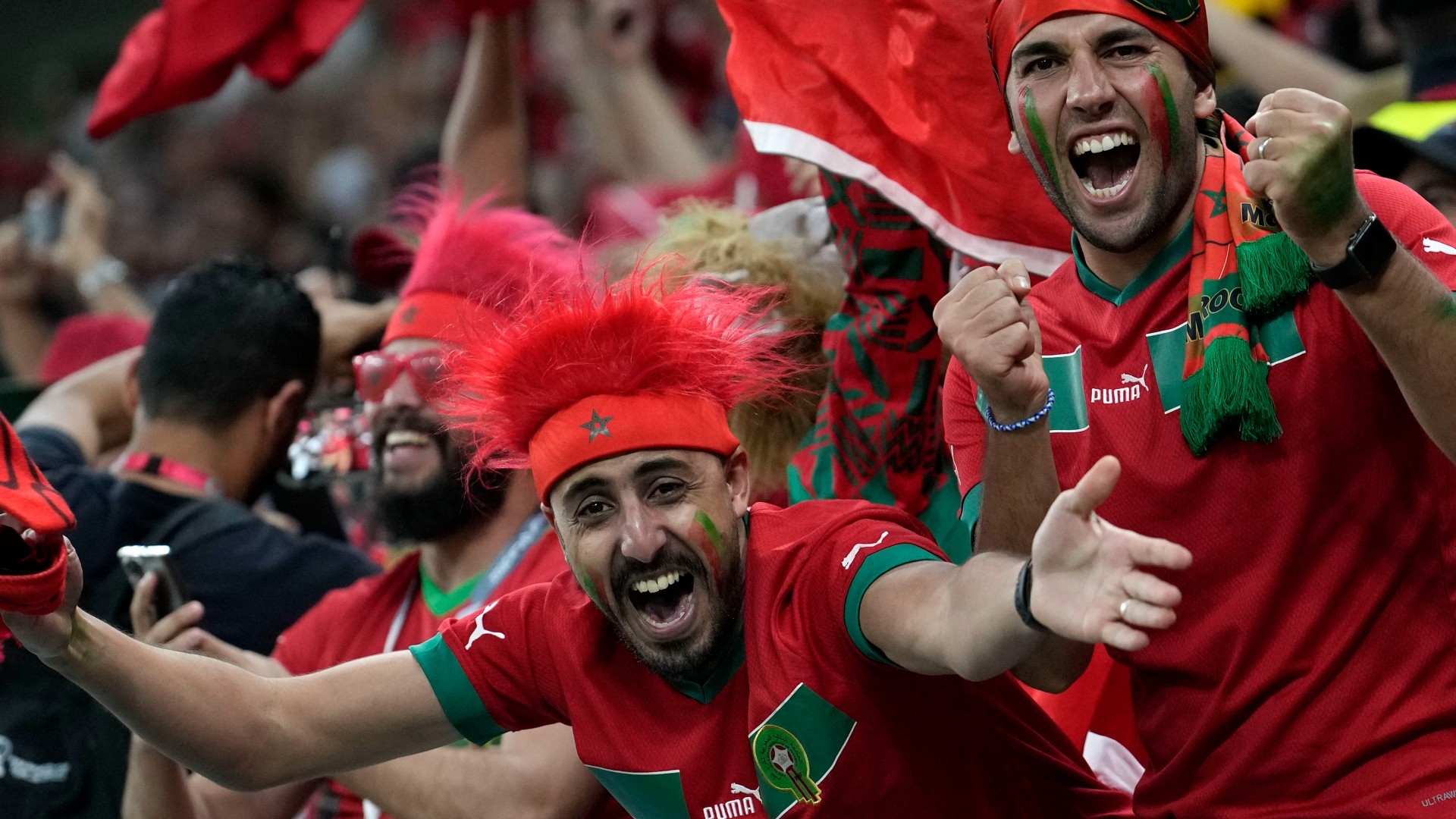
The World Cup in Qatar has thrown up several matches with fascinating historic connotations, both on and off the pitch.
Group B featured Iran, England and the United States, the latter two of which have imposed a wide range of sanctions on the former in the past several years, and have a decades-long checkered history of coups and plots that is still felt today.
Meanwhile, a match between Uruguay and Ghana on Friday was billed as an opportunity for the African country to avenge a quarter final defeat at the hands of the same opponent in 2010 following an infamous handball incident in the final moments of extra time.
On Tuesday, the last 16 match between Morocco and Spain at Education City Stadium in Doha will be the latest mouth-watering match between countries with tensions and conflicts spanning millennia.
After the Atlas Lions' sensational performances in the group stages, including a historic 2-0 win over Belgium, they will now face the European country that is just 13km away by sea.
New MEE newsletter: Jerusalem Dispatch
Sign up to get the latest insights and analysis on Israel-Palestine, alongside Turkey Unpacked and other MEE newsletters
From the Islamic conquest of Spain that began on the shores of Morocco in the 8th century, to the Spanish occupation of the North African country in more recent decades, to a controversial football match just four years ago, Middle East Eye takes a look at five reasons why Tuesday's showdown will be spicy.
'The winner gets Andalusia'
When it became clear that Morocco will be facing Spain in the knockout stages, social media was abound with jokes along the lines of “the winner gets al-Andalus” - the name given to the formerly Muslim-ruled area of Spain.
After the Islamic conquest of North Africa in the late 7th century, Muslim commanders set their sights on the nearby Iberian peninsula, making up modern-day Spain and Portugal.
In 711 CE, Umayyad commander Tariq ibn Ziyad, an Amazigh convert to Islam who was appointed governor of Tangier, crossed the Strait of Gibraltar with 7,000 soldiers, starting a period of eight centuries of Muslim rule over varying parts of Spain.
Gibraltar, the area that separates the two continents, is still named after the Muslim general, deriving from Jabal Tariq (the mountain of Tariq).
Al-Andalus became a centre for architecture, mathematics, commerce and literature, with Cordoba, at the time one of the most populated cities in Europe, home to the likes of Muslim polymath Ibn Rushd and Jewish philosopher Maimonedes.
After Umayyad rule over al-Andalus collapsed in the mid-11th century, Muslim Spain was divided into several principalities that struggled to hold off Christian military advances.
It was then that the Almoravids, followed later by the Almohads, both Amazigh dynasties with Marrakesh as their capital, took over most of the Muslim-controlled territory in Iberia.
But the Morocco-based empires were unable to hold off the reconquista, as Christian forces, backed by the papacy and attracting crusader knights from across Europe, continued to gain territory.
By the end of the 13th century, only the heavily fortified Emirate of Granada remained in Muslim hands. When Granada fell in 1492, it brought a final end to Muslim Spain.
Many of Spain’s Muslims and Jews fled to Morocco as the reconquista took hold, bringing with them their artistic and architectural skills.
After Muslims and Jews were forced to convert to Christianity as part of the Spanish Inquisition, many of those converts, mistrusted by the Spanish state, were forcibly exiled and a second wave of Andalusian refugees arrived in Morocco.
Some of these refugees - including Granada-born Sayyida al-Hurra, who later became Queen of Morocco - embarked on careers as pirates, tormenting Spanish ships as revenge for the expulsion of Muslims from Iberia.
Spanish colonialism
In the early 20th century, off the back of heavy defeats in the 1898 Spanish-American war, Spain sought to maintain its status as a European colonial power by expanding its influence in Morocco.
After France conquered Morocco in 1907 and signed the Treaty of Fes five years later enabling a full-scale occupation, Paris struck a deal with Spain to give over control to parts of the North African country - mainly in the north.
The Spanish protectorate of Morocco excluded Tangier, which was given special internationalised status, while Tetouan was made the capital.
In 1921, a force of Amazigh fighters in the Rif region of northern Morocco crushed Spain's army at the Battle of Annual, part of the Rif War, in what is considered to be the worst defeat of the modern Spanish military.
Around 13,000 of Spain's forces died in the battle, which paved the way for the short-lived Republic of Rif.
Tribal leader Muhammad ibn Abd al-Karim al-Khattabi, who led the Riffian forces, became the president of the republic, which ended in 1926 after Spain re-captured the area with the help of the French.
Abd al-Karim, who went into exile, was later hailed as an anti-colonial hero by figures including Che Guevara and Fidel Castro.
During the Spanish Civil War in the late 1930s, nationalist leader and later dictator General Francisco Franco relied heavily upon his Army of Africa, which consisted of 60,000 Moroccans.
Around 18,000 Moroccans lost their lives fighting on behalf of Franco against Spanish republican forces.
Despite their importance to the strongman’s victory, Moroccans were promptly dispatched back to North Africa with little Spanish interest in the fate of the veterans.
In 1956, when France agreed to grant Morocco its independence, Spain followed suit, giving up most of its territory and making way for an independent North African country.
Territorial disputes
While much of Spanish-controlled territory in Morocco was handed back in 1956, other areas were returned years later, and some territorial disputes remain today.
The protectorate area of Tarfaya in western Morocco was handed back in 1958, while it took until 1969 for the southern region of Sidi Ifni to be returned to the North Africans.
Melilla and Ceuta, two coastal cities which are located within Morocco, are still Spanish cities and have remained so since the 15th and 17th centuries respectively.
The two enclaves are the only European land borders on the continent of Africa.
Morocco has consistently argued against Spain’s sovereignty over the enclaves, while Madrid claims that it did not need to relinquish the cities as vestiges of colonialism in 1956 due to its rule over them pre-dating the protectorate period.
In December 2020, a diplomatic crisis erupted after former Moroccan prime minister Saad Eddine el-Othmani said: “Ceuta and Melilla are among the points on which it is necessary to open discussion… This file has been suspended for five to six centuries, but it will be reopened one day.”
The other significant point of territorial dispute is over Western Sahara.
Spain occupied the disputed territory for nearly a century, known until 1976 as “Spanish Sahara”, until it was forced to give up possession of its colony following international pressure.
The United Nations considers the region a “non-self-governing territory”, which has been the site of a decades-long conflict between Morocco and the Polisario Front, the Sahrawi independence movement.
In May 2021, Polisario leader Brahim Ghali entered Spain to be treated for Covid-19 complications, sparking tensions between Rabat and Madrid.
However, in March this year, in an abrupt diplomatic u-turn, Spain recognised Morocco’s autonomy plan for Western Sahara, with Prime Minister Pedro Sanchez calling it "the most serious, credible and realistic basis" to resolve "a conflict that has lasted for too long."
Moroccans living in Spain
The long colonial history between the two nations has unsurprisingly resulted in regular migration between the two countries, notably Moroccans settling in Spain.
According to Spain’s National Institute of Statistics in January, over 880,000 Moroccans live on the shores of its neighbour. That comfortably makes them the largest ethnic minority in the European country, forming 6 percent of total foreign residents.
The region of Catalonia has the highest number of Moroccan residents, followed by the southern region of Murcia.
The rise of far-right and anti-Muslim sentiments across Europe, including in Spain, has led to discrimination against the country's Maghrebi population.
Out of 1,802 hate crimes reported in Spain in 2021, almost 10 percent were targeted against Moroccans, according to Spain’s interior ministry.
In June last year, the racially-motivated murder of a Moroccan immigrant in Murcia sparked anger at growing anti-Muslim and anti-Moroccan attitudes in the country.
In Ceuta, the Spanish enclave, the far-right Vox party has accused authorities of “Moroccanisation” for recognising the Muslim festivals of Eid as national holidays.
A far-right MP last year said that a Moroccan-born politician in Ceuta should be “deported to Morocco” for stating that Vox leader Santiago Abascal was not welcome in the enclave.
In recent months, borders between Morocco and Spain have been an entry point for people trying to reach Europe.
VAR controversy
Despite the geographic proximity, Morocco and Spain's men's football teams have only faced each other on three occasions, mainly due to being on different continents and therefore competing in different competitions.
The first two meetings came in a cross-continent World Cup qualification tie in 1962, which Spain won 4-2 on aggregate.
The most recent meeting came at the 2018 World Cup, in the final game of the group stages.
With Morocco already out of the group following two defeats, the Atlas Lions were mostly playing for pride, but managed to go 2-1 up thanks to goals from Khalid Boutaib and Youssef en-Nesyri, who has spent his career to date playing only for Spanish clubs.
In the dying moments of the game, Iago Aspas scored an equaliser for Spain, which was initially ruled out for offside before being overturned by the video assistant referee (VAR).
That controversial goal meant that an unconvincing Spain topped the group, and would go on to face hosts Russia (a match the Spanish went on to lose).
Several Moroccan football fans have taken to Twitter to state that Tuesday’s match would serve as a chance to get justice for the controversial draw in 2018.
Others have thrown it slightly further back, seeing the match as a chance to avenge the loss of Andalusia centuries earlier.
Whatever the ammunition, Spain vs Morocco is a tasty match with historical, political and sporting connotations befitting a World Cup classic.
Middle East Eye delivers independent and unrivalled coverage and analysis of the Middle East, North Africa and beyond. To learn more about republishing this content and the associated fees, please fill out this form. More about MEE can be found here.


